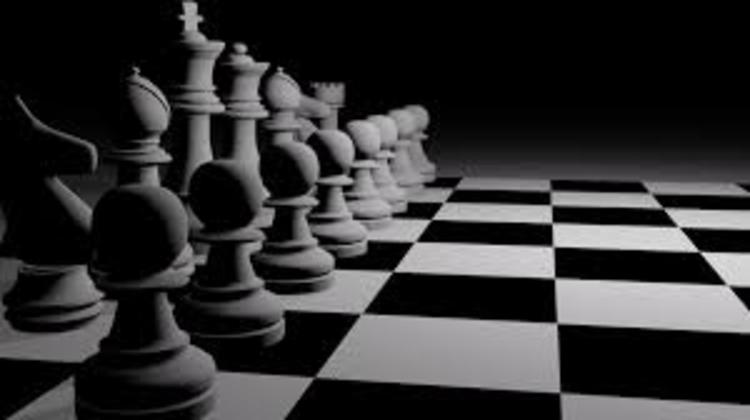Chess Commons
 What is the probability that two distinct unit squares selected randomly from a chess board have exactly one corner in common?
What is the probability that two distinct unit squares selected randomly from a chess board have exactly one corner in common?
This section requires Javascript.
You are seeing this because something didn't load right. We suggest you, (a) try
refreshing the page, (b) enabling javascript if it is disabled on your browser and,
finally, (c)
loading the
non-javascript version of this page
. We're sorry about the hassle.
3 solutions
Okay, you didn't take the 8th square as it's unpaired. Well, I considered that one too and boggled up.
Log in to reply
I'm sorry? What do you mean by the "8th square"?
Log in to reply
Well, nothing. I just meant a silly miscalculation. Apology to have confused you!
There are 6 4 unit squares in each chessboard.
I will separate these 6 4 unit squares into 3 groups:
Group A : Unit squares which have 2 common sides with the sides of the board, there are 4 of them (in the corner of the board).
Group B : Unit squares which have 1 common side with the sides of the board, there are 2 4 of them (they are on the 4 sides of the board, but E X C E P T from the squares of group A .
Group C : Unit squares which have no common sides with the sides of the board, there are 3 6 of them, and they make a 6 × 6 square in the center of the board.
Now we can easily answer this question:
With the unit squares of group A , there are 3 squares which share the common sides of each square in this group, but there are only 1 square of these 3 squares which satisfies the assumption of this problem, so we will have 4 combinations of the 2 unit squares which satisfy our assumption.
With the unit squares of group B , there are 5 squares which share the common sides of each square in this group, but there are only 2 squares of these 5 squares which satisfies the assumption of this problem, so we will have 6 × 2 × 4 = 4 8 combinations of the 2 unit squares which satisfy our assumption.
With the unit squares of group C , there are 8 squares which share the common sides of each square in this group, but there are only 4 squares of these 8 squares which satisfies the assumption of this problem, so we will have 6 × 6 × 4 = 1 4 4 combinations of the 2 unit squares which satisfy our assumption.
Calculate all combinations we have found, we will have 4 + 4 8 + 1 4 4 = 1 9 6 combinations of the 2 unit squares which satisfy our assumption.
But take a look back, all the combinations have been counted twice, so actually we have 2 1 9 6 = 9 8 combinations in total.
Finally, the probability that two distinct unit squares selected randomly from a chessboard have exactly one corner in common is:
C 2 6 4 9 8 = 1 4 4 7
Note: You can use the chessboard to prove my solution
Although my solution is quite long, but I want to show the simplest way to solve this problem, thank you!
You have made a mistake in your last calculation, it should be C 2 6 4
Log in to reply
Thank you, I have just corrected it. It's my typing mistake!
Take one of the diagonals, it has 8 squares embedded on it, and 7 (8-1) possible pairs of squares having a common corner, now consider the parallel adjacent line of squares, which has 7 squares and 6 (7-1) possible pairs of squares having a common corner, keep going on till you reach the line with 2 squares. The total will be 7+6+5+4+3+2+1. Now the same will be true for the opposite side of the diagonal and counting that the total will be 7+2(6+5+4+3+2+1). Again, the whole process will be the same for the other other diagonal as well. Thus the net no. of possible pairs of squares having a common corner is 2(7+2(6+5+4+3+2+1) ) =98. Now the total no. of possible ways of choosing two squares is 2016. So the probability is 98/2016= 7/144.
The total number of ways to choose two distinct unit squares is ( 2 6 4 ) = 2 0 1 6
Notice that in any 2 x 2 square, there are two distinct pairs that satisfy the parameters of the question. There are 7 × 7 = 4 9 2 x 2 squares, so there are 4 9 × 2 = 9 8 distinct pairs satisfying the parameters of the problem. 2 0 1 6 9 8 = 1 4 4 7